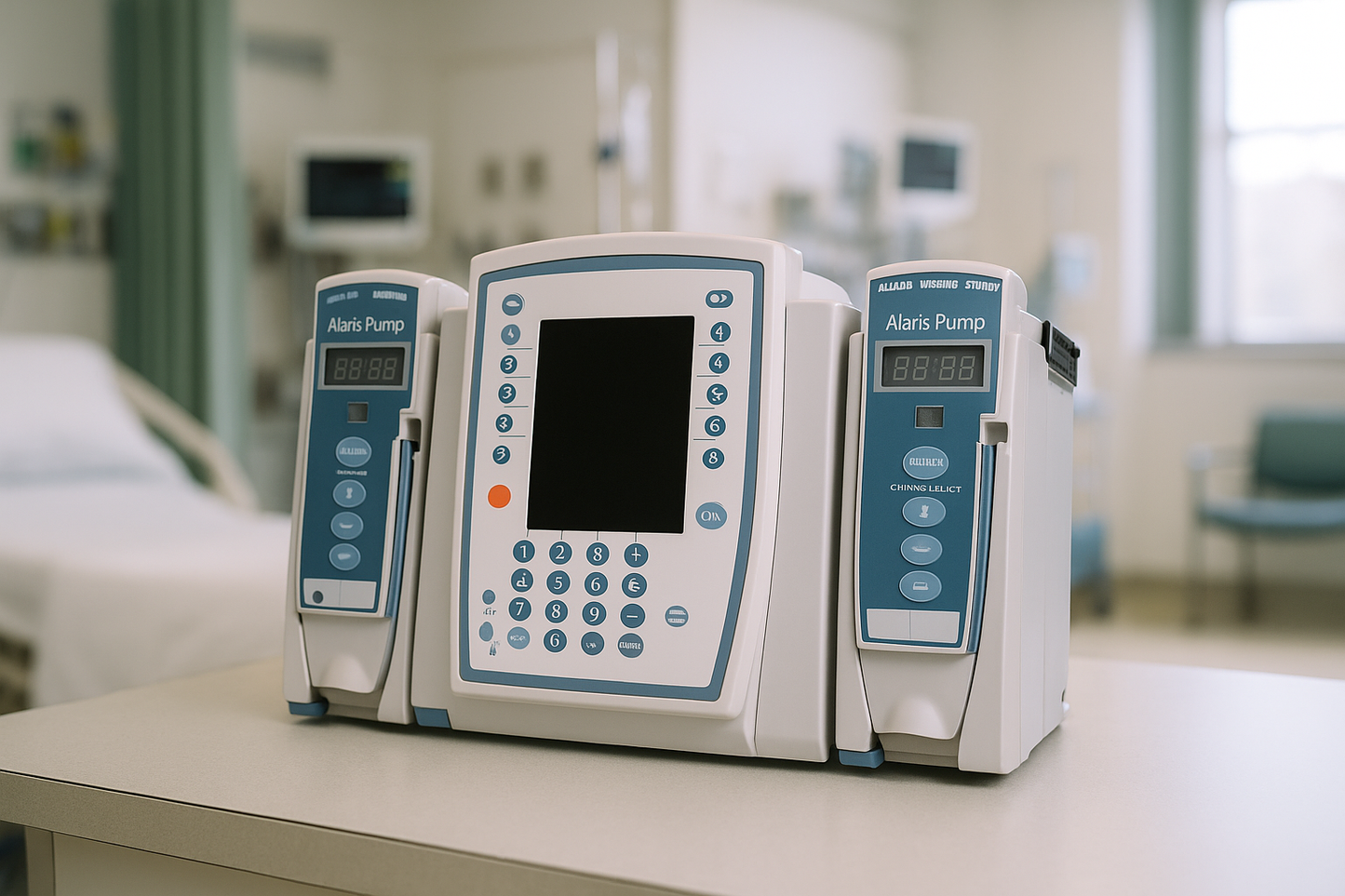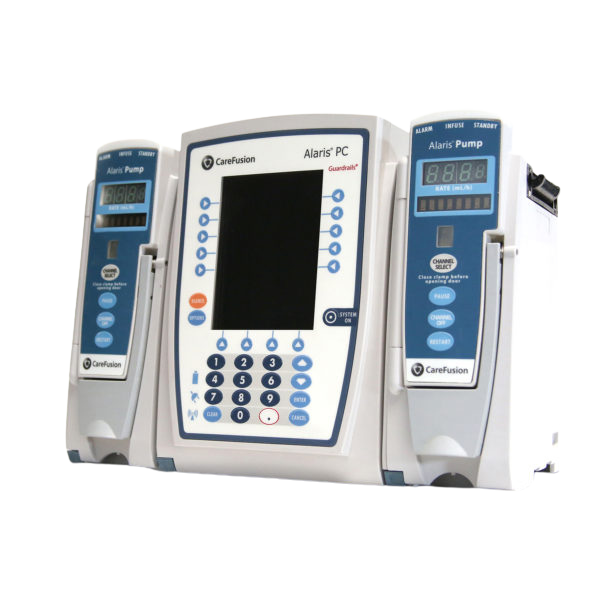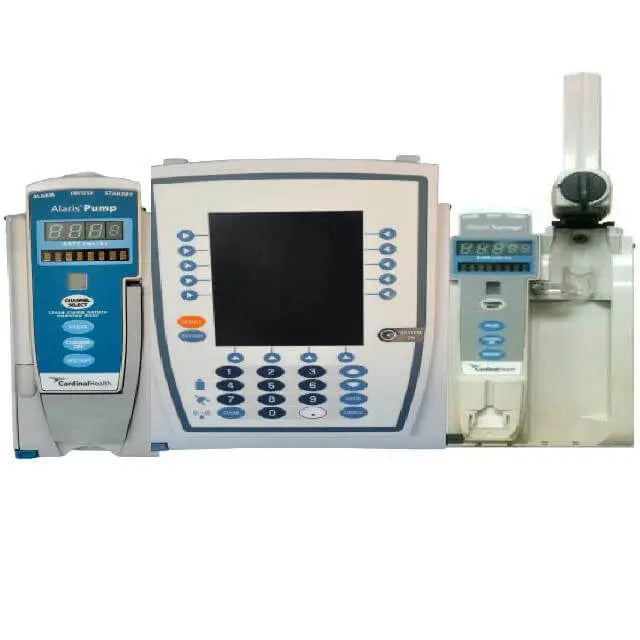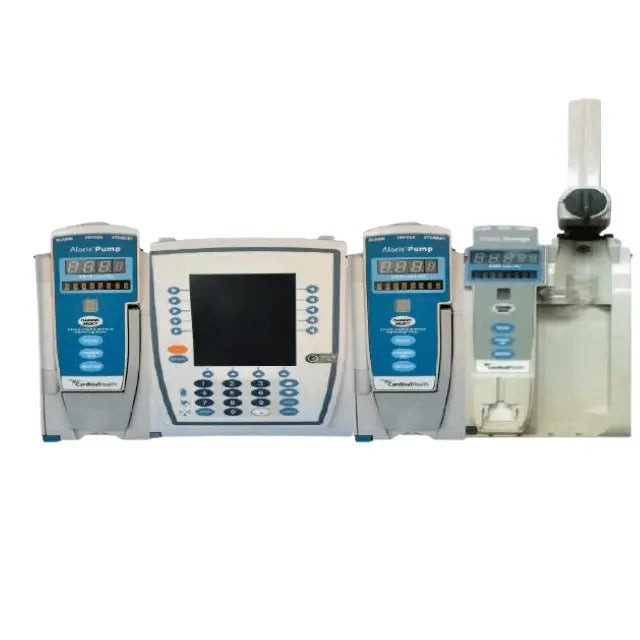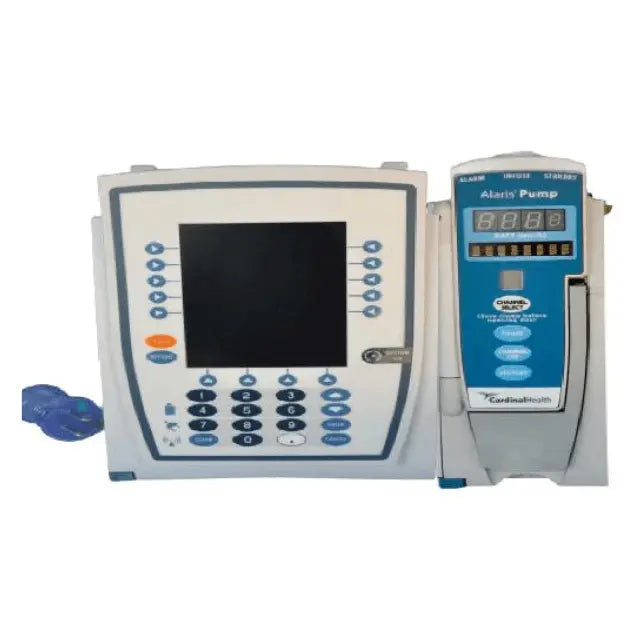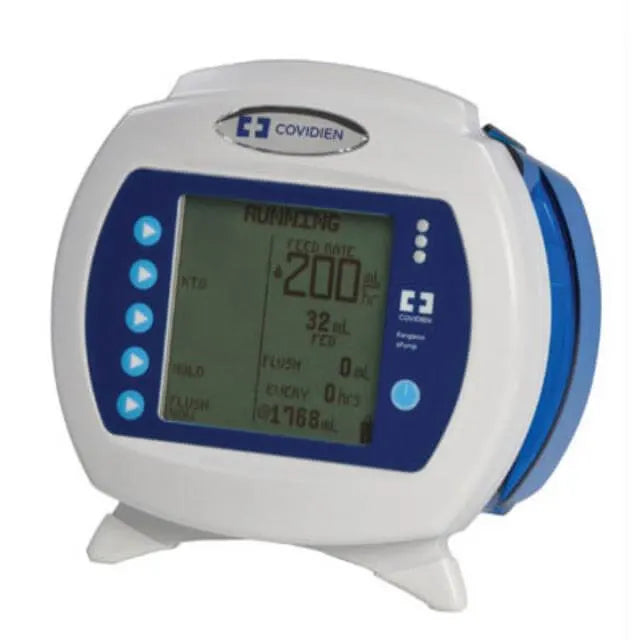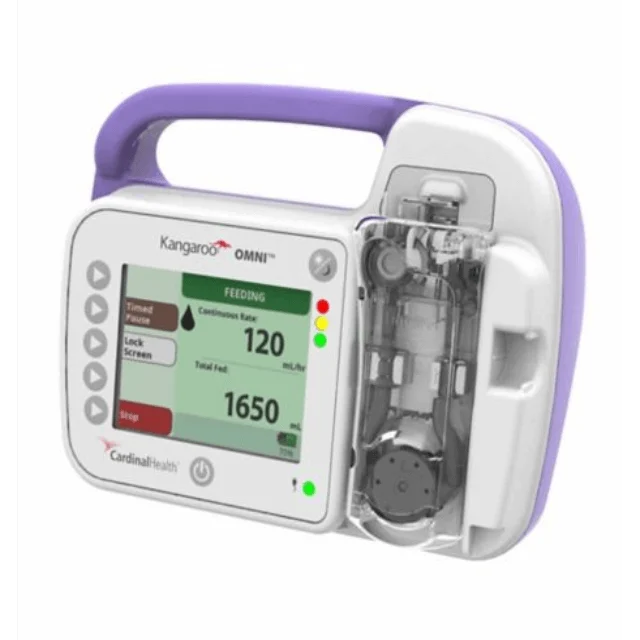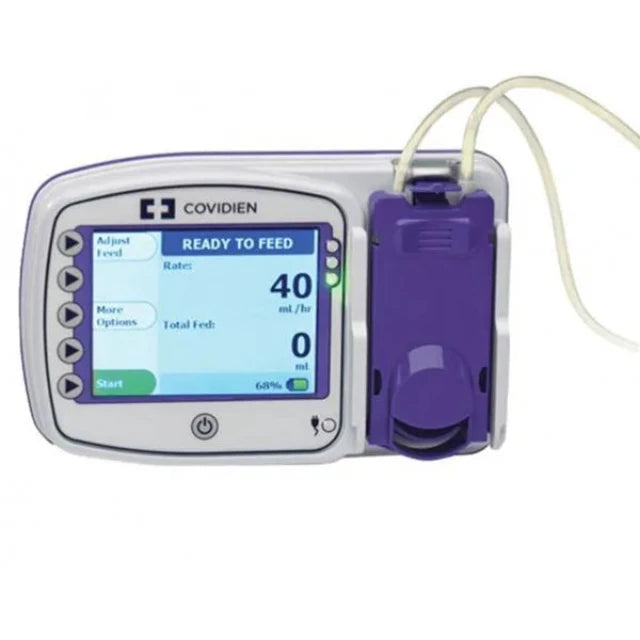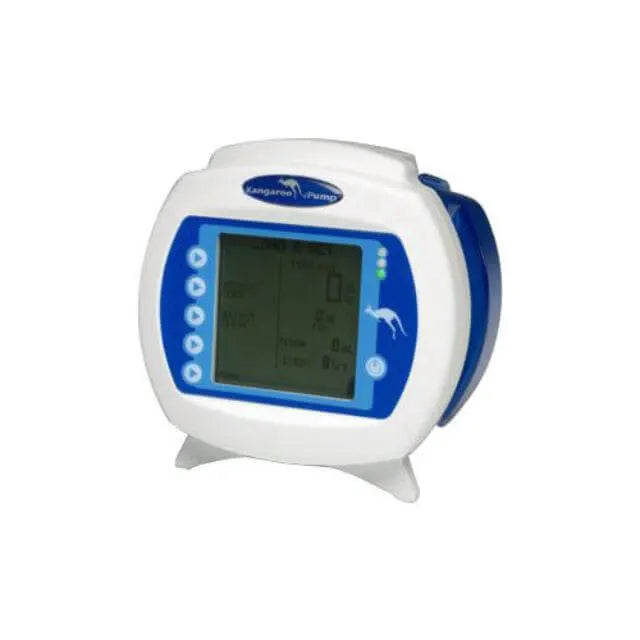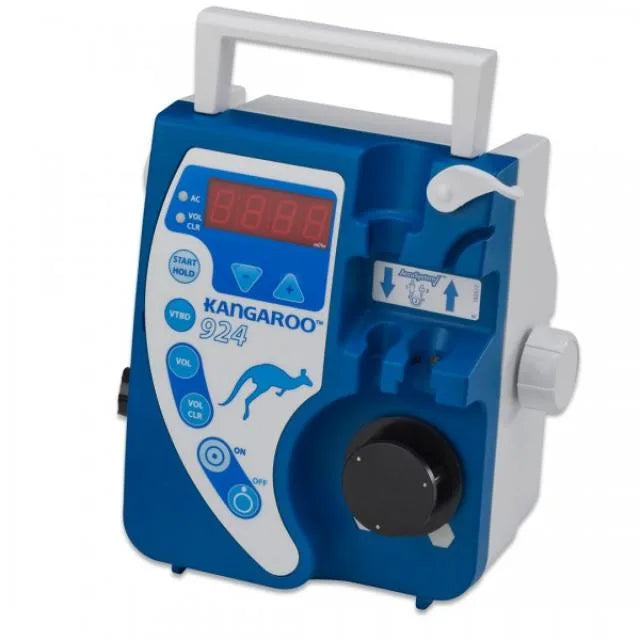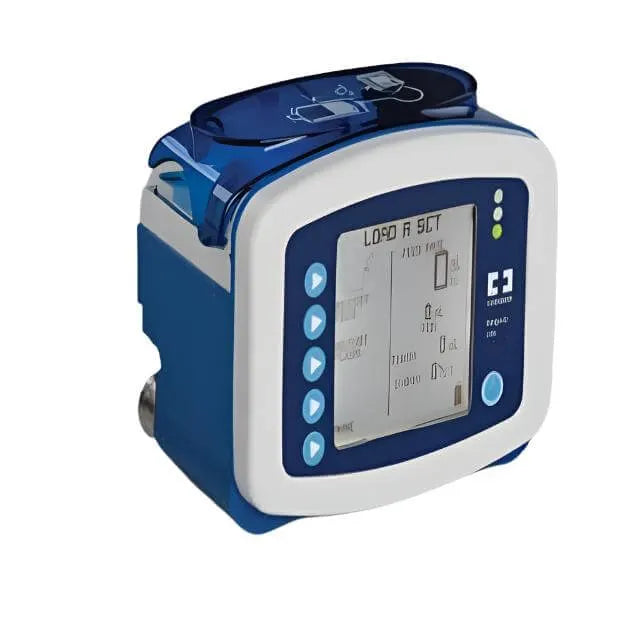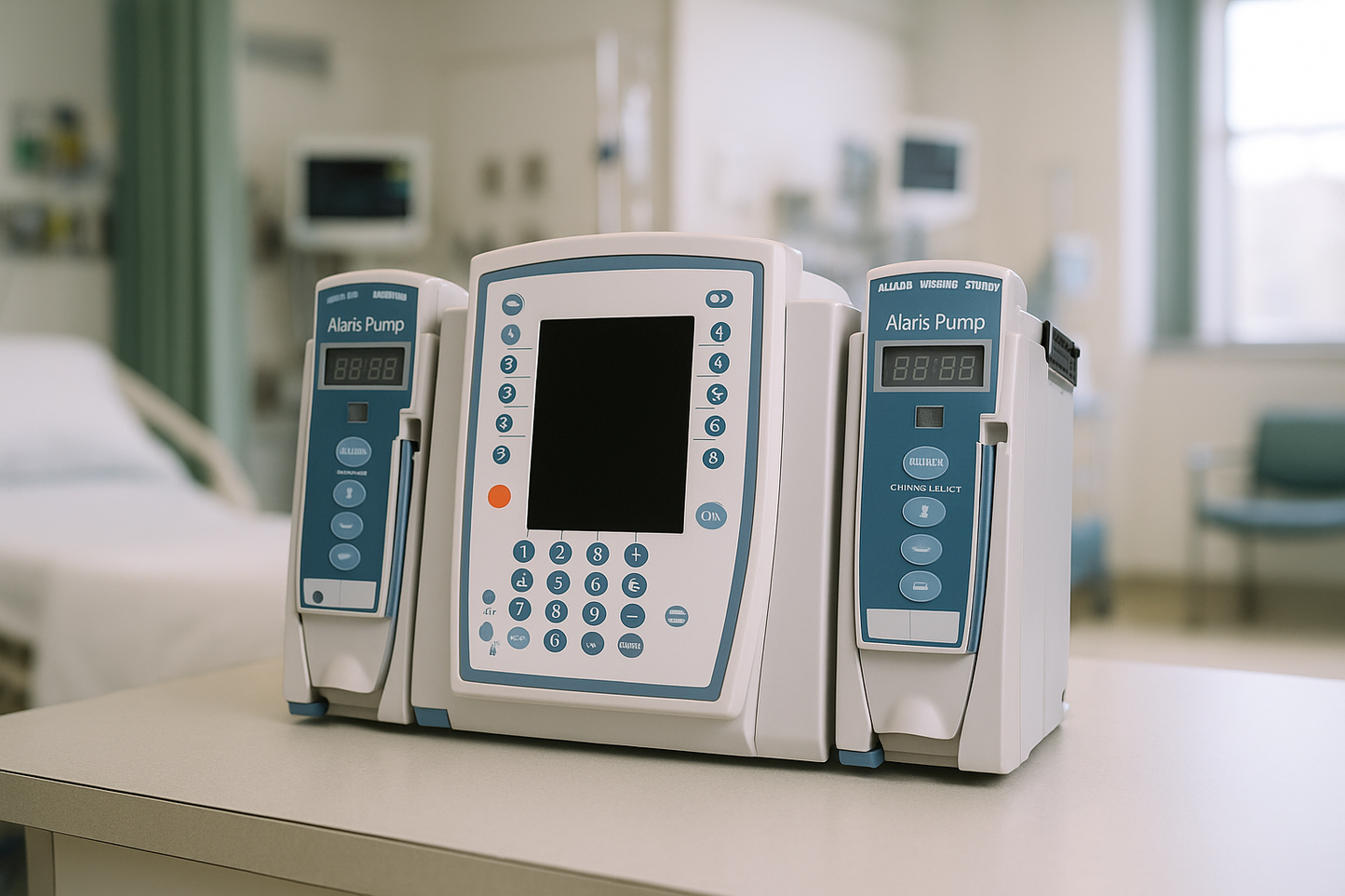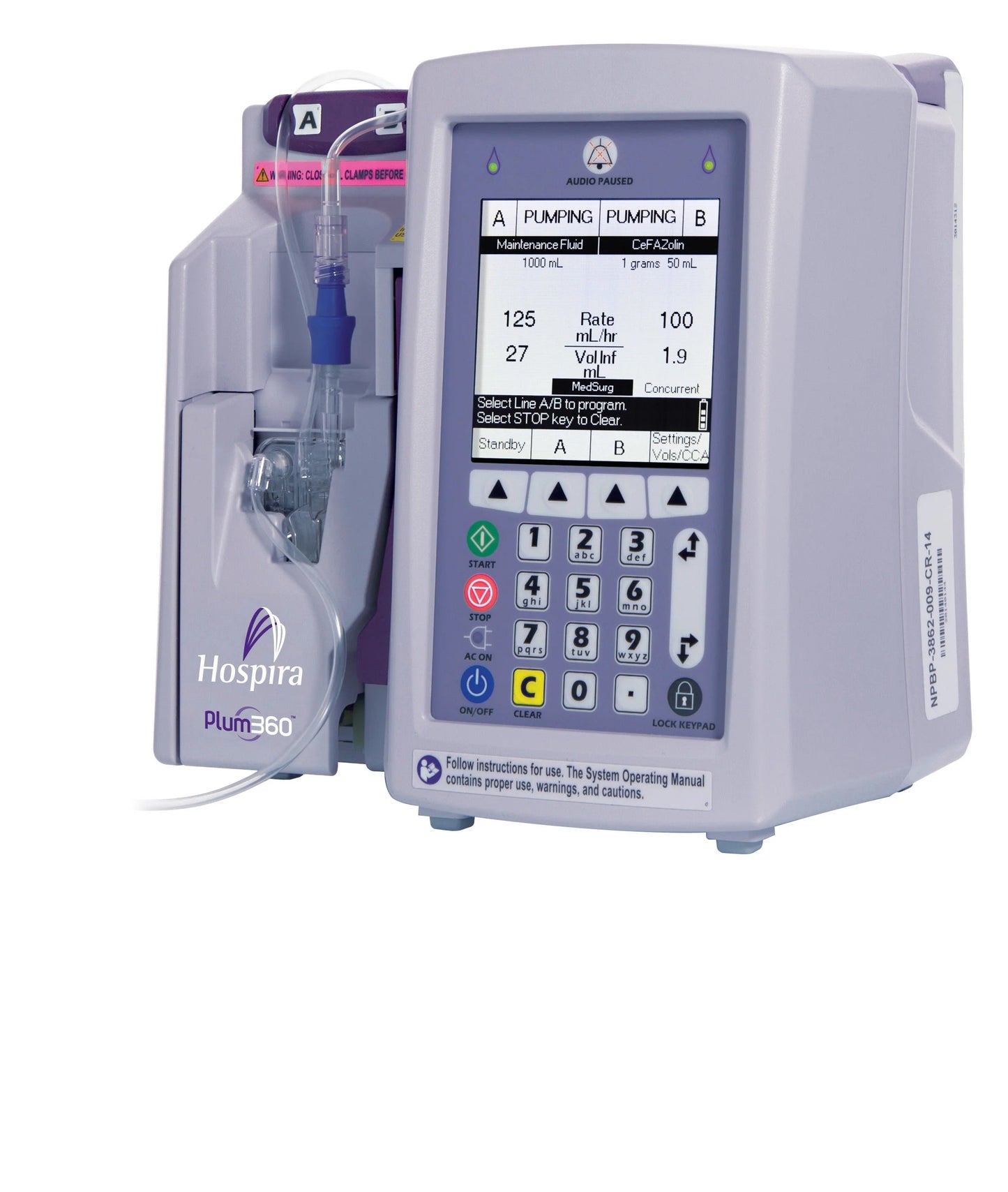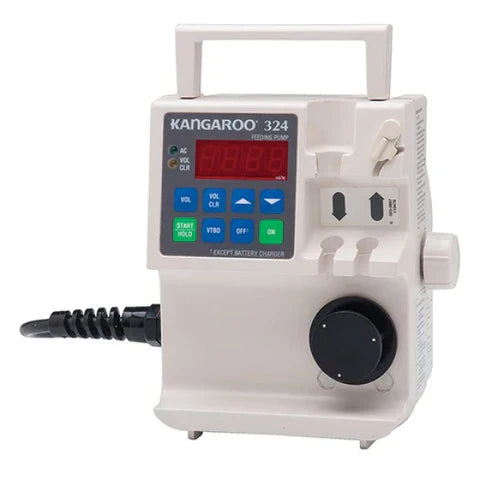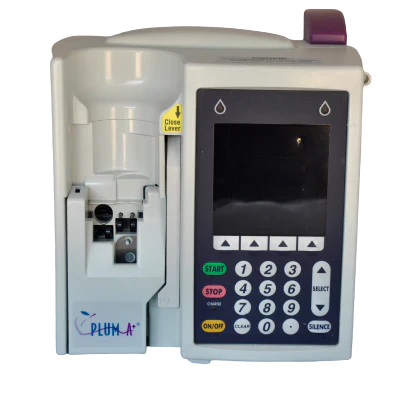
Infusion pumps are critical devices in healthcare settings, delivering fluids, medications, and nutrients to patients accurately and efficiently. Ensuring these devices function correctly is paramount to patient safety and care quality. Regular servicing and timely replacement of infusion pumps are essential to avoid potential malfunctions that can lead to serious medical errors. Here's a comprehensive guide on recognizing the signs that it is time to service or replace your infusion pumps.
Regular Maintenance and Scheduled Servicing
Routine maintenance and scheduled servicing are the first steps in ensuring the longevity and reliability of infusion pumps. Manufacturers typically provide a maintenance schedule in the device’s manual, which should be strictly adhered to. Regular checks include:
- Calibration Verification: Ensuring the pump delivers the correct volume of fluid over a specified period.
- Battery Inspection: Checking for battery health and capacity, as batteries degrade over time and usage.
- Software Updates: Installing the latest software updates to enhance functionality and security.
- Mechanical Inspection: Examining mechanical components for wear and tear, including tubing, sensors, and connectors.
Signs That Indicate the Need for Servicing
Even with regular maintenance, infusion pumps can exhibit signs that indicate the need for servicing. Healthcare professionals should be vigilant for the following signs:
- Alarms and Error Messages: Frequent or unexplained alarms and error messages can indicate underlying issues that require professional inspection.
- Inaccurate Infusion Rates: If the infusion pump delivers incorrect volumes, it must be serviced immediately to prevent dosing errors.
- Physical Damage: Cracks, loose components, or any form of physical damage can compromise the pump’s integrity and accuracy.
- Unusual Noises: Unusual sounds, such as grinding or beeping beyond normal operation, suggest mechanical issues.
When to Consider Replacement
While servicing can address many issues, there comes a time when replacing the infusion pump is the safest and most cost-effective option. Consider replacement under the following conditions:
- End of Life (EOL) Notification: Manufacturers provide an expected lifespan for their devices. Adhering to these recommendations is crucial as older devices may become unreliable.
- Repeated Failures: If a pump requires frequent repairs or exhibits recurring issues, replacement may be more economical than continuous servicing.
- Outdated Technology: Advances in infusion pump technology can significantly improve patient safety and treatment outcomes. Replacing older models with new, advanced pumps can offer better accuracy, enhanced safety features, and improved user interfaces.
- Compliance Requirements: Regulatory standards evolve, and older pumps may no longer meet current safety and performance regulations. Ensuring compliance with the latest standards is essential for patient safety and legal adherence.
Best Practices for Infusion Pump Management
Implementing best practices for infusion pump management can extend the life of the devices and ensure they are always in optimal condition:
- Training and Education: Regular training for healthcare staff on the correct use and troubleshooting of infusion pumps can prevent misuse and early wear.
- Documentation: Keep detailed records of all maintenance activities, servicing, and any issues encountered. This history can help identify recurring problems and make informed decisions about servicing or replacement.
- Inventory Management: Maintain an updated inventory of all infusion pumps, including their service schedules and lifespans. This helps in planning replacements and budgeting for new equipment.
- Proactive Upgrades: Stay informed about technological advancements and proactively upgrade equipment to improve care quality and operational efficiency.
